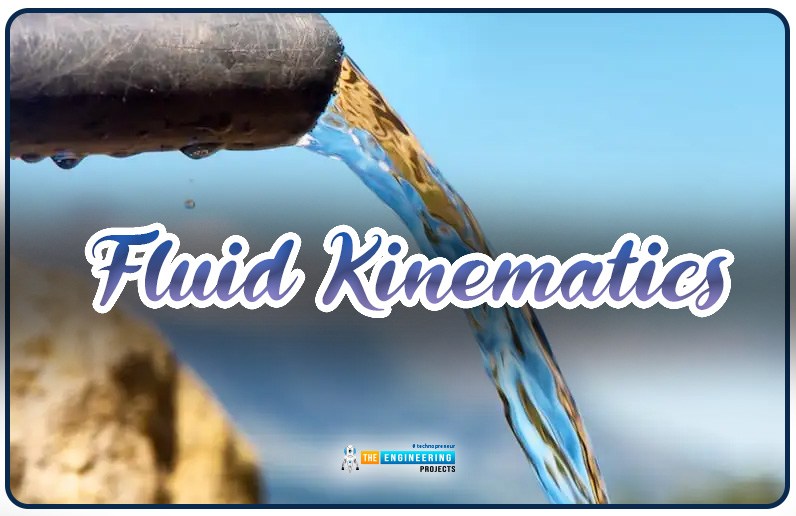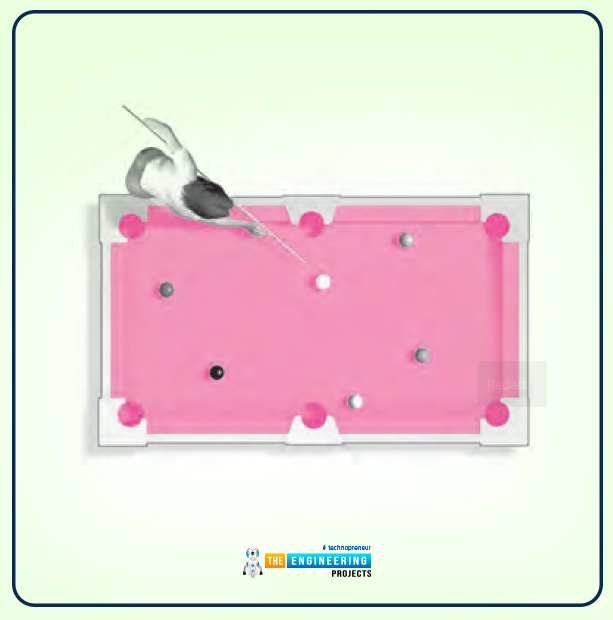
Hello friend. In this article, I will cover essential points related to fluid kinematics, i.e., what fluid kinematics is and how the motion of the fluids can be explained without describing the forces acting on them. Further, I will explain Lagrangian and Euler about the motion of fluid and a lot more. So buckle up, and let’s start.
What is Fluid kinematics?
The definition of fluid kinematics is as follows:
Fluid kinematics is related to fluid motion without considering the forces responsible for the motion.
The following are some essential key points related to fluid kinematics:
The nature of fluid motion is categorized into two types:
- Lagrangian
- Euler.
I will extensively explain both types in upcoming topics.
The acceleration, velocity, flow rate, and nature of fluid flow are considered while working on fluid kinematics.
Lagrangian and Euler Description
First of all, I will explain the Lagrangian. So the definition of Lagrangian is as follows:
Lagrangian Description of fluid flow deals with individual particles and their nature, and the working trajectory of each particle is calculated separately.
And the definition of Euler is as follows:
Euler’s Description of fluid flow deals with the concentration of the particles, and the number of particles and diffusion are all calculated.
The following are some essential key points related to the Lagrangian Description:
Lagrangian is all about tracking the path of individual particles.
In this regard, Newton’s Laws are beneficial in detecting the pathways. With the help of their kinetic energy, speed, distance velocity, and acceleration.
As we all know, fluid is Continuum in nature. If you are following my fluid mechanic’s articles series, you have forwarded to this word, where I have extensively described the continuum. So it becomes pretty challenging to follow the path of fluids as they deform whenever a direction changes.
In the Lagrangian description, the position and velocity of individual particles must be tracked throughout.
To describe through a simple example the balls on the snooker table. In this case, each ball is responsible for its path.
The following are some essential key points related to the Euler Description:
In the case of Euler’s description, the control volume is defined through which the fluid can move in.
In this description method, there is no need to track the velocity and position of fluid particles.
In this description, space and time are defined within the domain of control volumes.
As I have defined in previous articles, pressure is a scalar quantity. So pressure field in case of three-dimensional fluid flow in Cartesian co-ordinates can be defined as follows:
P = P (x, y, z, t)
The velocity field is mentioned as follows:
V=V(x, y, z, t)
The acceleration field is as follows:
a= a (x, y, z, t)
The interesting fact to know is these three field(along with some others but for now only these three fields) variables define the flow field:
V=(u, v, w)
V=ux,y,z,ti +vx,y, z, tj +w(x, y,z,t)k
Difference between Lagrangian and Euler Description
I will explain it through a simple example to depict the Lagrangian and Euler description.
The example is as simple as one person standing beside the river. So when he goes through the probe, which will move downstream with water, this situation will be classified as Lagrangian. This will be classified as Euler’s description when he anchors the probe in some fixed location in the water.
Application of Fluid Kinematics
The applications of fluid Kinematics are as follows:
Usage in Vehicle
The purpose of dealing with Fluid kinematics is that fluid has excellent properties, and they are used almost in every vehicle. So for lubrication purposes and as driving fuel.
Electricity Generation
Anything that moves has kinetic and potential energy and fluids. They are used in hydroelectric power plants for the generation of electricity.
Air Conditioner and Refrigeration
In refrigerators and air conditioners, refrigerants used are fluids. The primary purpose of refrigerants is to absorb the heat (from the room or, in the case of refrigerators, anything that is kept inside them) and keep them cool, then release the heat into the atmosphere. In the case of air conditioners, heat is absorbed from the room to keep them cool and release that heat into the atmosphere.
Renewable Energy
Surprisingly fluids can be used as a renewable energy resource. One of the simplest and best examples is the water used in tidal power plants for electricity generation. Moreover, a vegetable oil known as biodiesel is used in many vehicles. Wind and air are also used as renewable energy sources.
Thermal Power Plants
One of the essential resources of electricity in thermal power plants. In thermal power plants, water (used as fluids) is heated to form steam, which then turns on the turbine. The turbine then turns on the generator, which generates electricity. So the purpose of explaining this whole procedure is to explain the importance of fluid in electricity generation.
So that are the applications of fluid kinematics in our daily life. Dear friends, I will explain two significant ways to describe motion.




